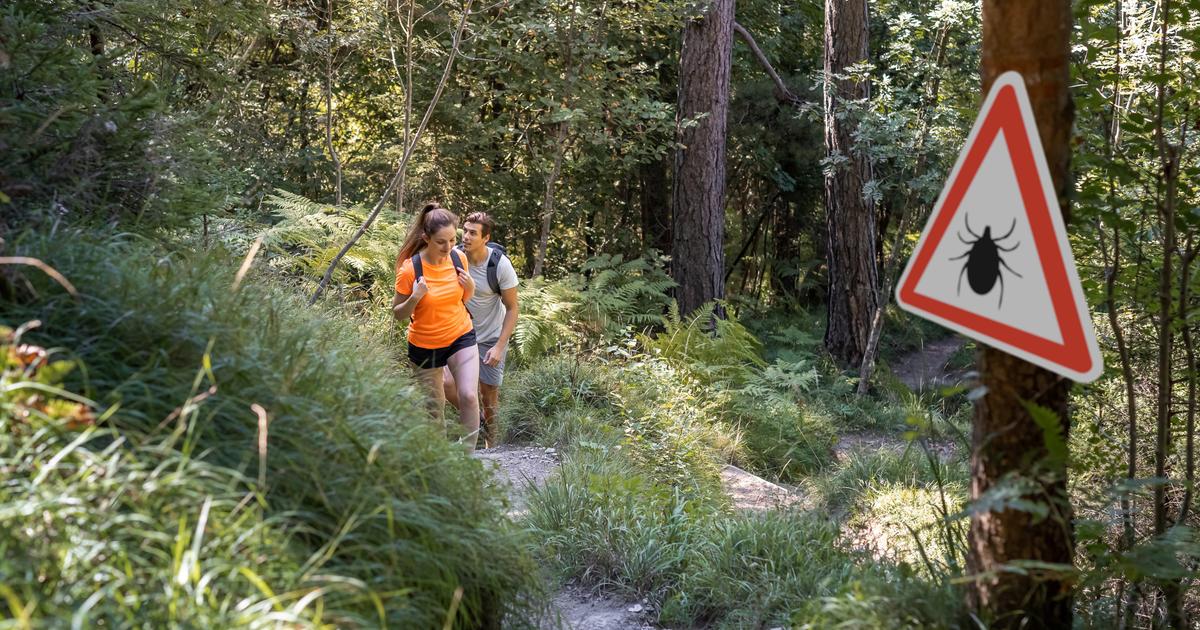Is global warming promoting the spread of Lyme disease?

24K-Product / stock.adobe.com
Pathology is carried out by ticks whose development is closely, but intricately, dependent on their environment. Which makes estimates difficult.
Public Health France reports an increase in newly diagnosed cases of Lyme disease over the past 20 years. Can we attribute this increase, even if only partially, to climate change and changes in our environment? “ There is no clear and simple answer because the system is particularly complex and involves many interacting actors. » explains Olivier Plantard, research director of INRAE, specialist in eco-epidemiology and animal health. In Europe, it is the Ixodes ricinus tick (in larval, nymph or adult form) that acts as a vector for this disease, carrying the pathogenic bacteria of the genus. Borrelia. By biting the host, the infected tick can then transmit the bacteria.
The optimum temperature conditions for the development of ticks, whose life cycle spans two to three years, is between 15 and 25 °C. Outside of this interval, the animal’s growth rate slows down, ticks may also enter a period of slow life (diapause). Due to climate change, “ The duration of diapause may shorten in the future », estimates infectious disease specialist Solenn Petrat-Delon. Warming also allows ticks to spread into areas that were previously too cold for them. “ Scientific articles over the past 20 to 30 years have clearly shown that the Ixodes ricinus tick has increased in the north of Scandinavia as well as at higher altitudes in the mountains. » explains Olivier Plantard.
However, temperature is the only parameter that alters tick development. They are affected by humidity (they prefer very humid air) but are also closely dependent on other living organisms. And sometimes surprisingly… researchers have noted a strong correlation, for example, with the amount of acorns… In fact, ticks like to attach themselves to rodents that eat acorns. The more acorns there are, the more rats there will be and the more ticks will be able to reproduce and transmit the bacteria. However, climate change alters the seasonality of plants, which in turn alters the behavior and distribution of animals that feed on plants. Variation in animal populations thus alters tick populations, which alters disease dynamics. Everything is connected. This is also the basis of the “one health” concept, which states that human health and the health of the living world (such as plants and animals) should not be separated from each other.
Diluting effect
And it can get more complicated. “ Transmission capacity differs depending on the species bitten by the tick», reports Infectious Disease Specialist Soleine Petrat-Delon. “ Deer have an efficient immune system that prevents the bacteria that cause Lyme borreliosis from multiplying. » Deer thus partakes “Diluting effect “Their presence in the ecosystem helps reduce the likelihood that ticks are prone to contamination by bacteria, unlike micro-mammals.
Modeling an epidemic integrating the three categories of actors (bacteria, ticks and hosts) with their diversity and variability is particularly complex. And understanding how this evolves with changes in temperature and environment is even more complex. According to researcher Olivier Plantard, a meeting between epidemiologists, veterinarians and ecologists will benefit the fight against and prevention of Lyme disease. “ We have deprived ourselves of much information that would nevertheless be particularly useful for better understanding the environmental factors that favor the risk of disease transmission. »





